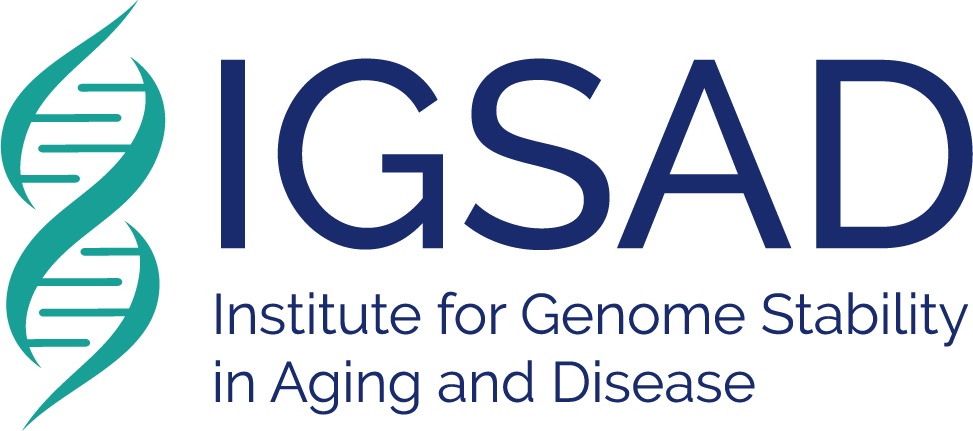Genome Maintenance Mechanisms in Health and Disease
A stable genome is a fundamental requirement of life. Consistently, all eukaryotes have an elaborate network of genome maintenance mechanisms that ensure stability and involve enzymes that facilitate repair of damaged and broken DNA. Importantly, these genome maintenance mechanisms occasionally falter during human ageing giving rise to the occurrence of cancer, which is fundamentally characterized by genome instability. The ultimate goal of Prof. Dr. Boris Pfander and his team is to understand how genome maintenance is controlled and how this control is subverted in ageing and cancer.
Breaks in the DNA (DNA double strand breaks, DSBs) are a key threat to genome stability. Eukaryotes have evolved several mechanisms to repair DSBs. The cellular decision-making process how to repair a specific DSB is still poorly understood, but recent research suggests that the DSB-surrounding chromatin plays a key role. Prof. Pfander and his team therefore use genetics and cell biology approaches, as well as protein biochemistry, to study how DSB repair is influenced by cell and chromatin states. In particular, they utilize and develop next-generation sequencing (NGS) workflows to quantify DSB repair on the level of cell populations and single cells.
DSB repair is also of critical importance for genome editing, where DSBs can be induced by CRISPR- Cas9 or related tools, but the outcome of the genome editing reaction is often heterogeneous due to the endogenous DSB repair decisions. Therefore, Pfander aims to translate knowledge of DSB repair into synthetic tools to exogenously control the DSB repair decision and to thereby determine the outcome of genome editing reactions.
The importance of DSB repair and the DSB repair decision is highlighted by the frequency that mutations in key DSB repair genes (such as BRCA1, BRCA2, PALB2 etc.) are found to drive cancer formation. Importantly, these deficiencies can also be exploited in cancer therapy. The team therefore develops methods to visualize and quantify DSBs and other forms of DNA damage.
We have identified several cellular mechanisms that control genome stability as well as DSB repair. By synthetically manipulating these controls we could furthermore generate new model systems for the study of genome maintenance. Since defects in genome stability are a defining hallmark of cancer, insights into the basic mechanisms of DNA repair and genome maintenance will be of key importance for the discovery of new cancer markers, as well as therapeutic intervention.
In future we aim to develop a quantitative, multi-parametric approach to identify and localize DSBs (and other lesions) and to follow their repair. Moreover, we aim to identify currently unknown controls of the DSB repair decision and utilize this knowledge for improving genome editing methodology. Lastly, a long-term goal of the group is to understand how changes in the genome maintenance network that occur during ageing drive cancer formation and other ageing-associated pathologies.
Therefore, we combine studies in yeast and human cancer cells. We apply Omics methods as well as classic genetic and cell biology approaches. In particular, in order to reveal the action of DNA repair enzymes, we use and develop next-generation sequencing approaches and workflows.
The lab is located at the institute of aerospace medicine at the German Aerospace Center (DLR). An important second pillar of our research is therefore to study the induction of DSBs by ionizing radiation and its consequences for human health.

